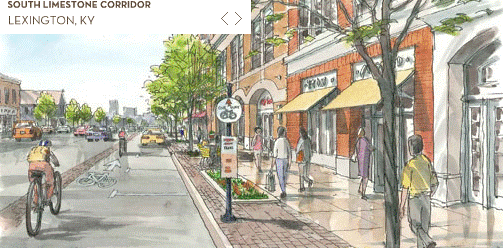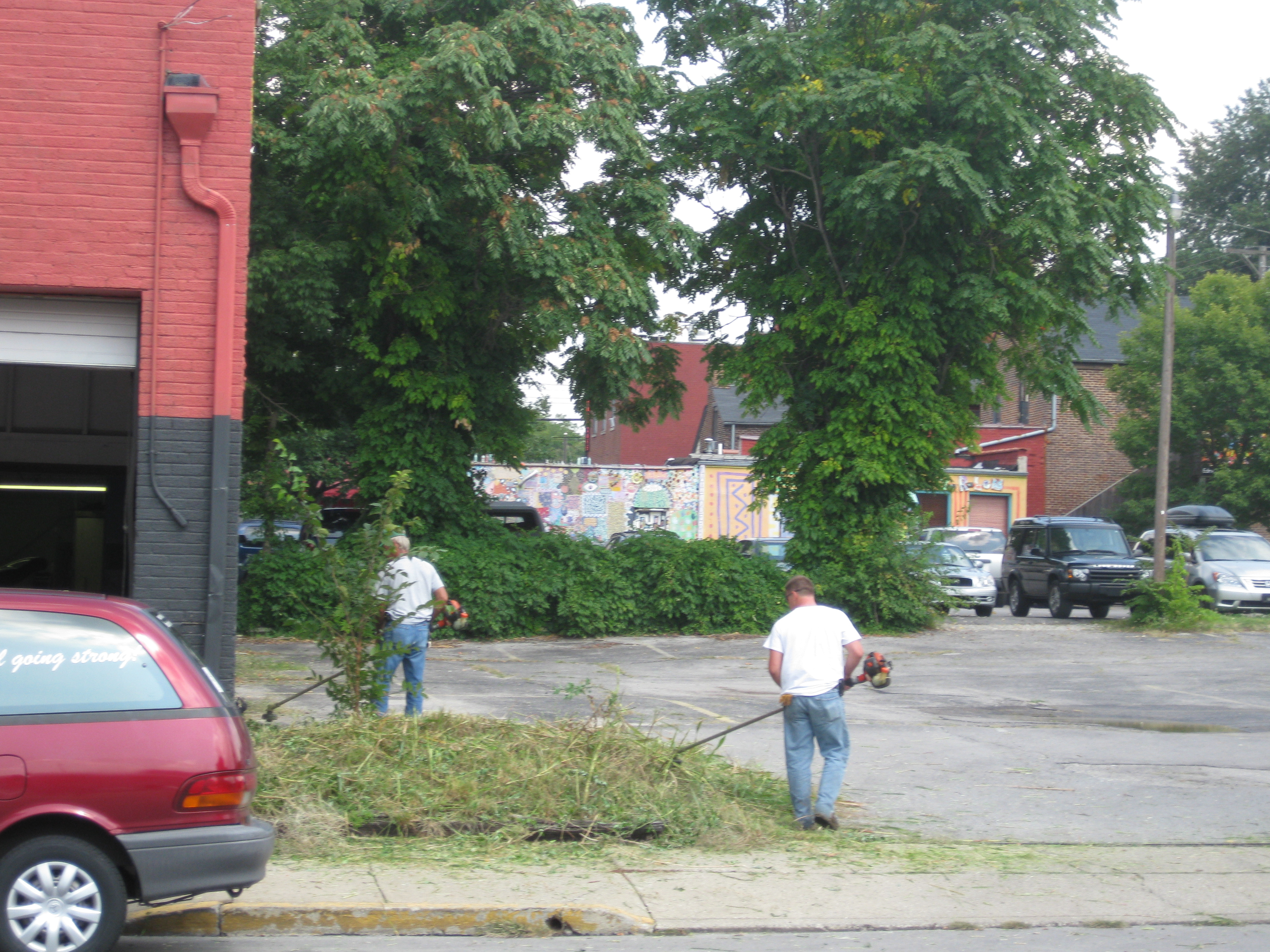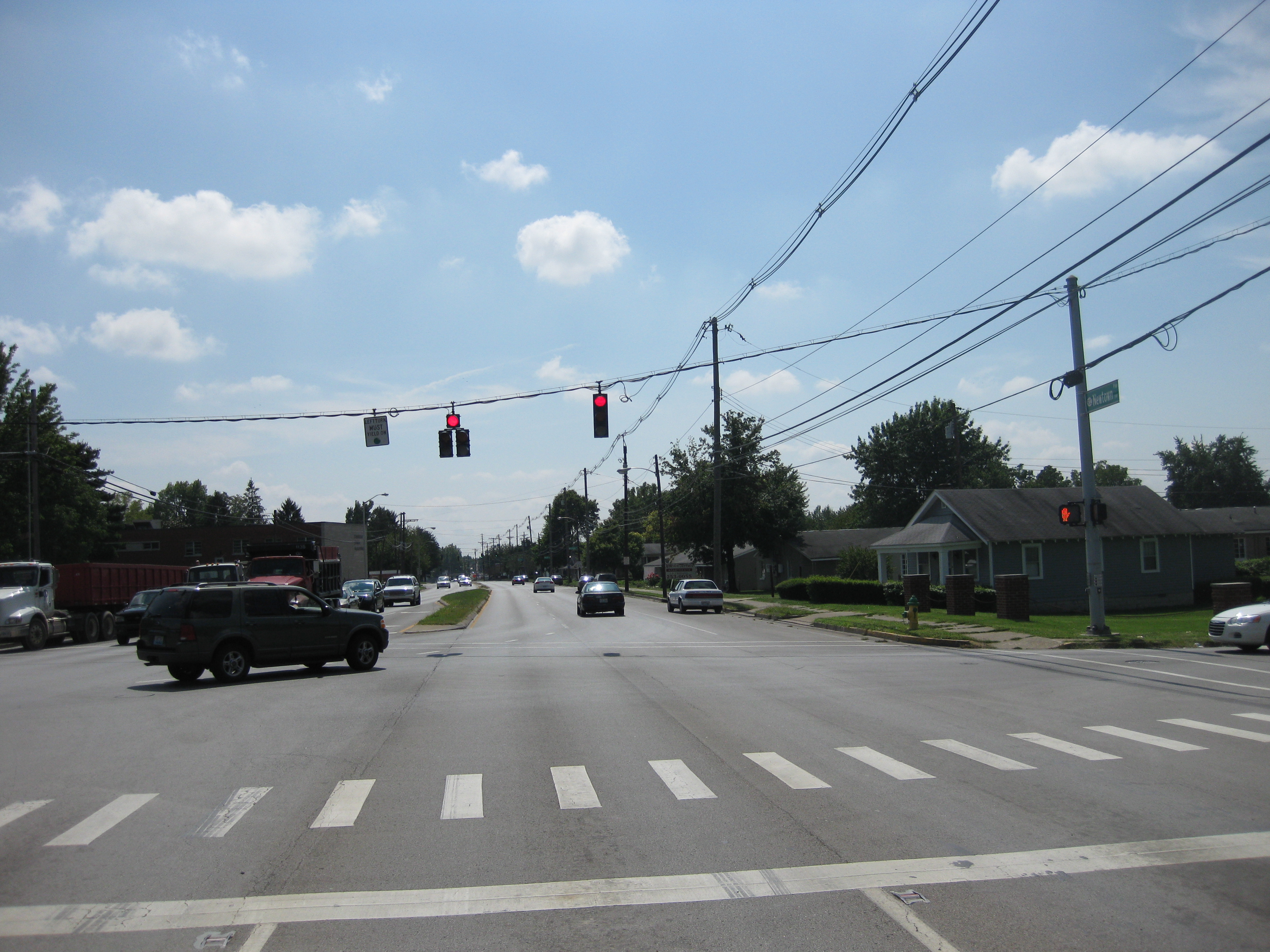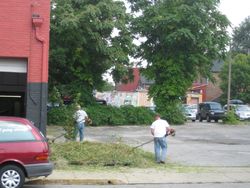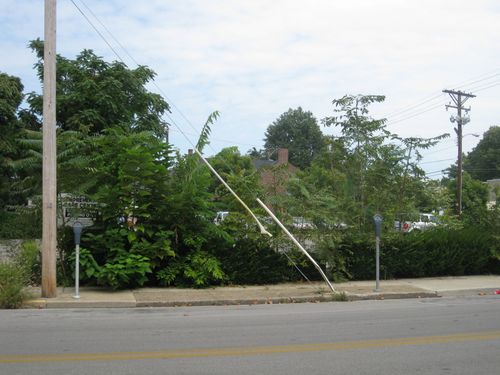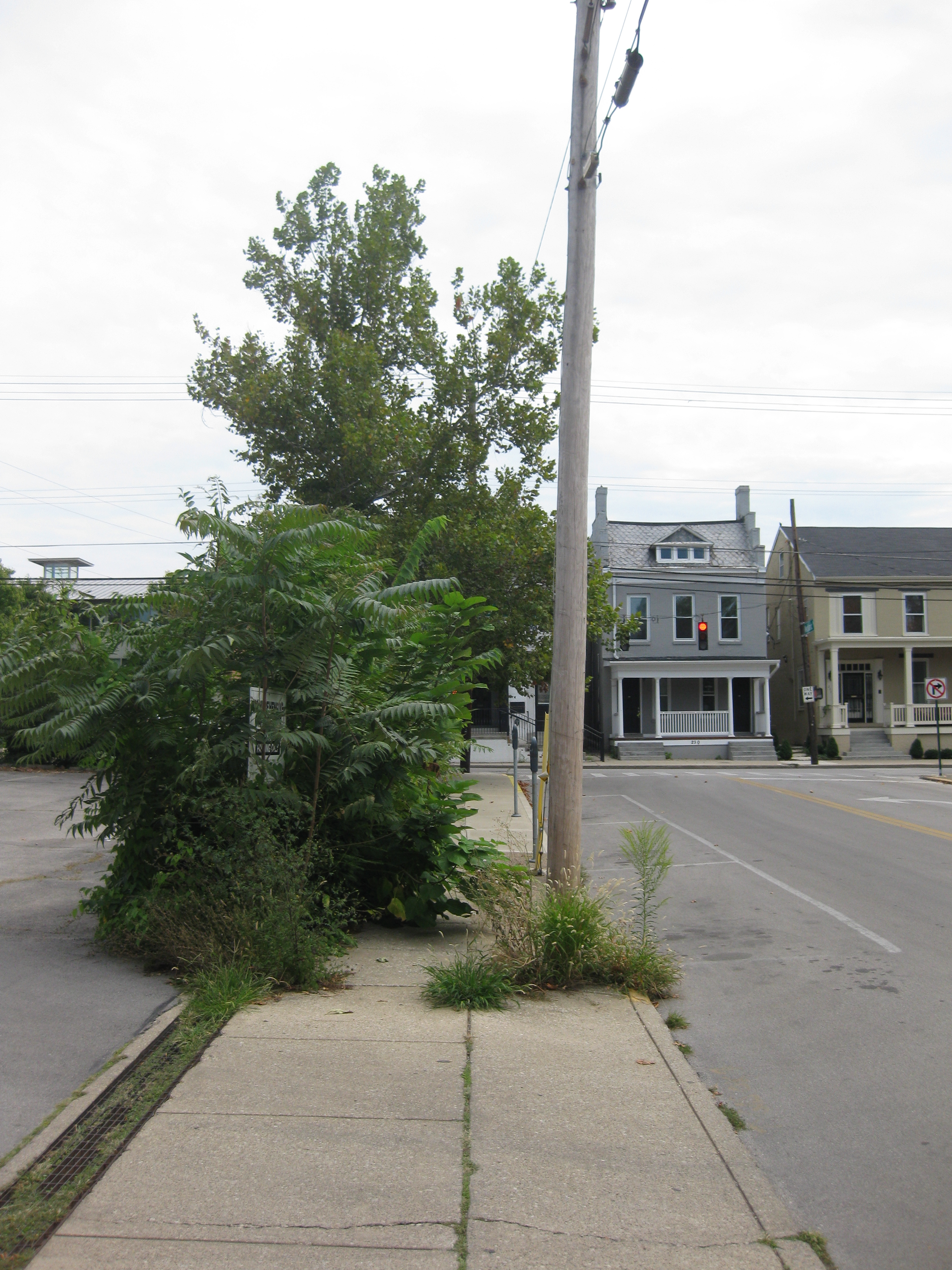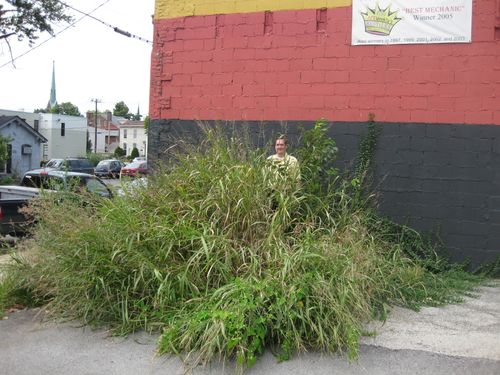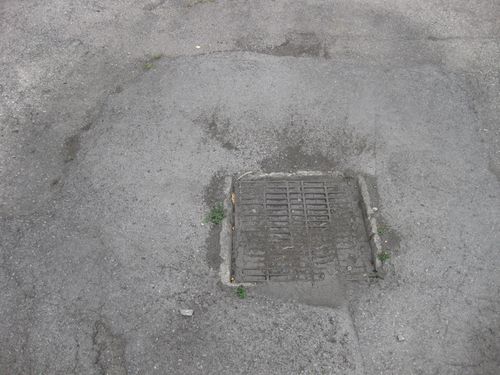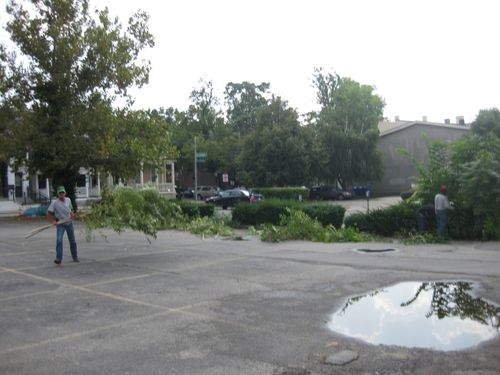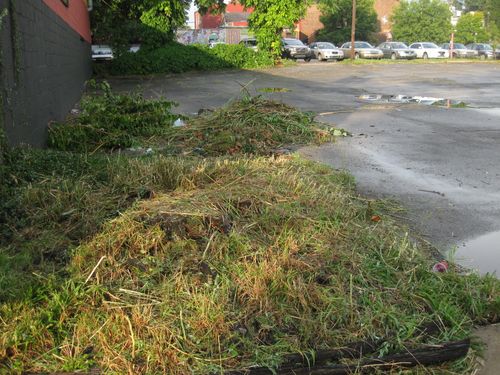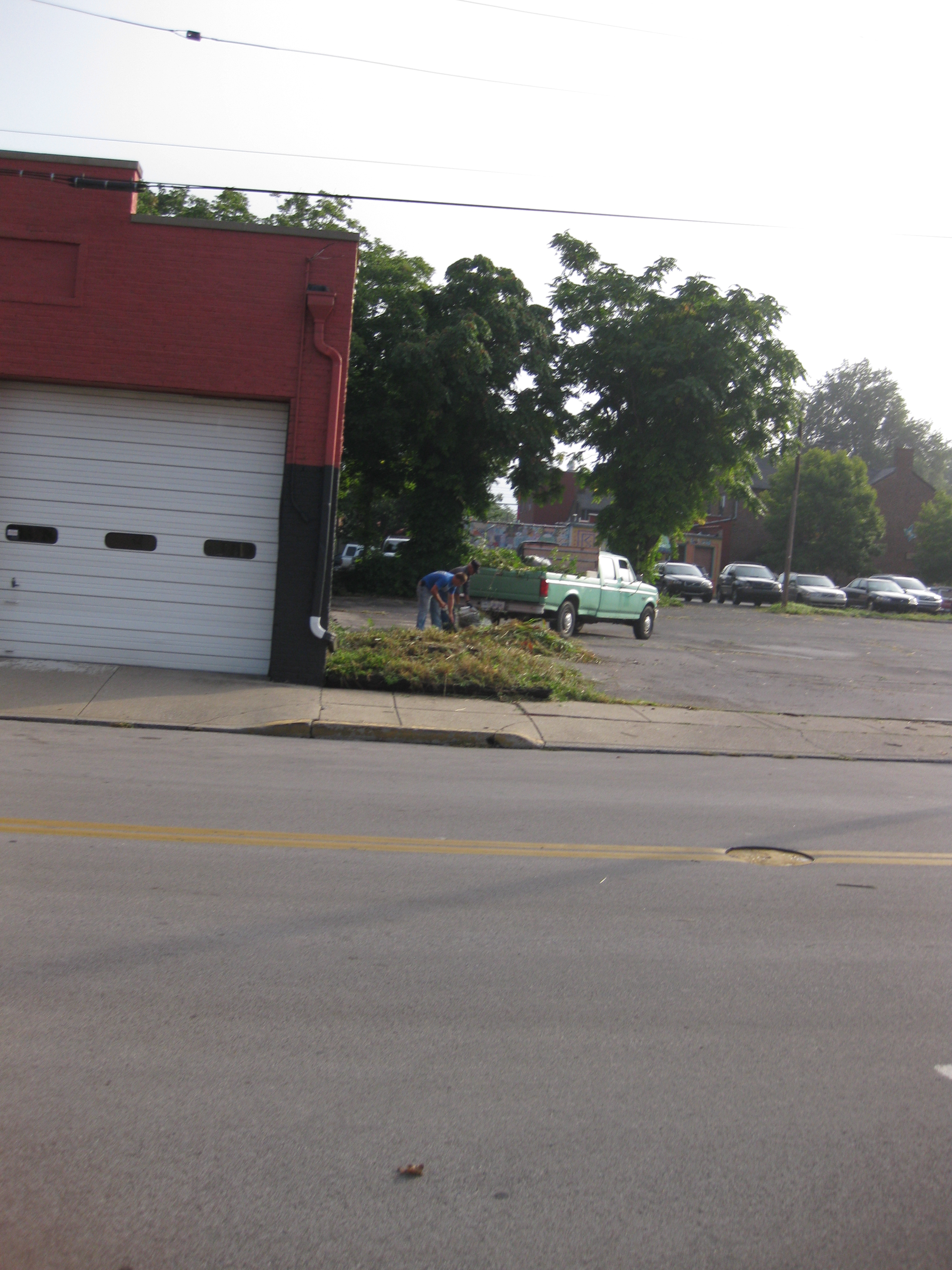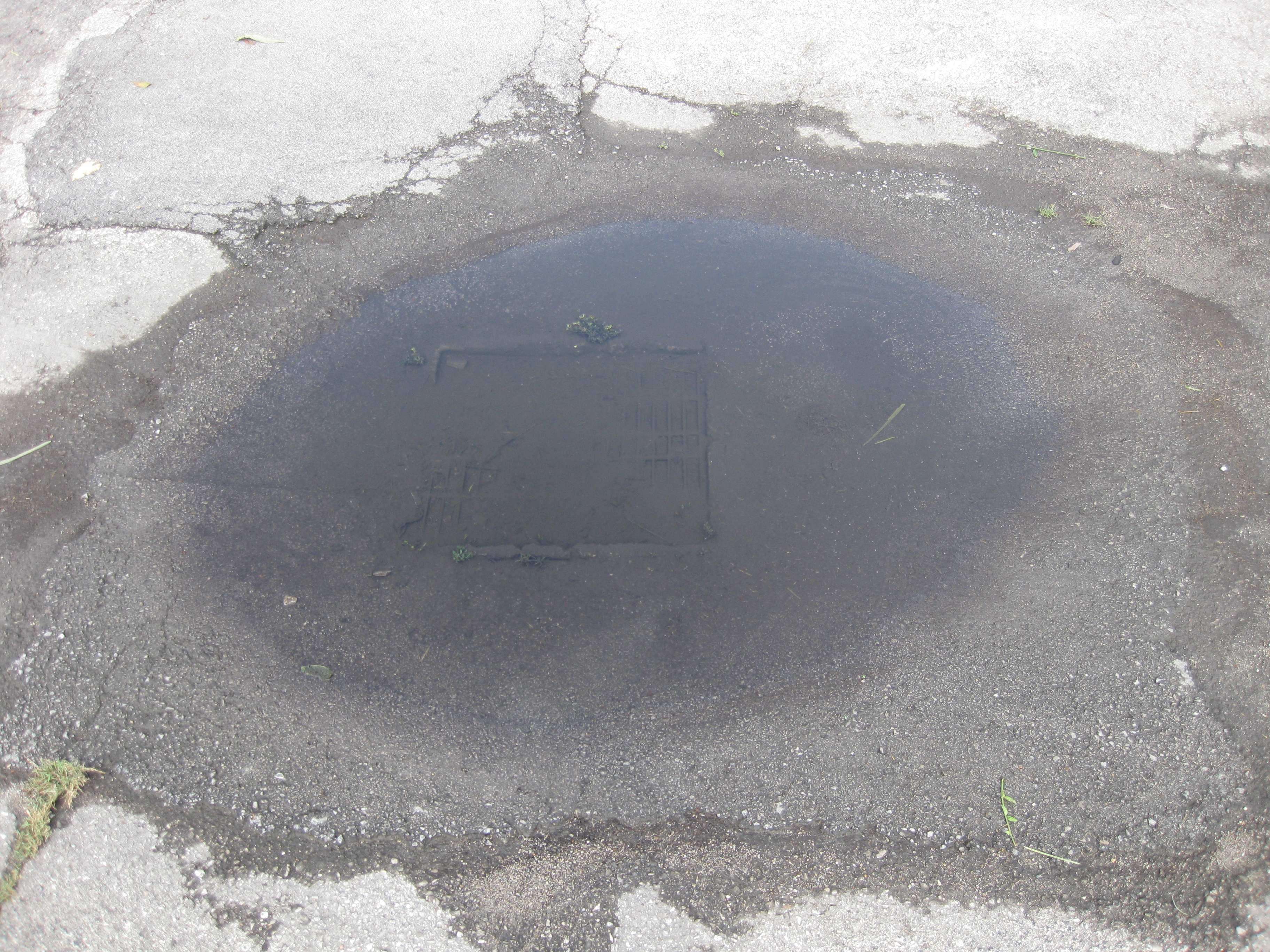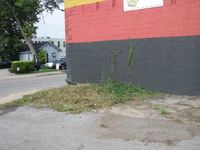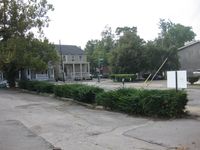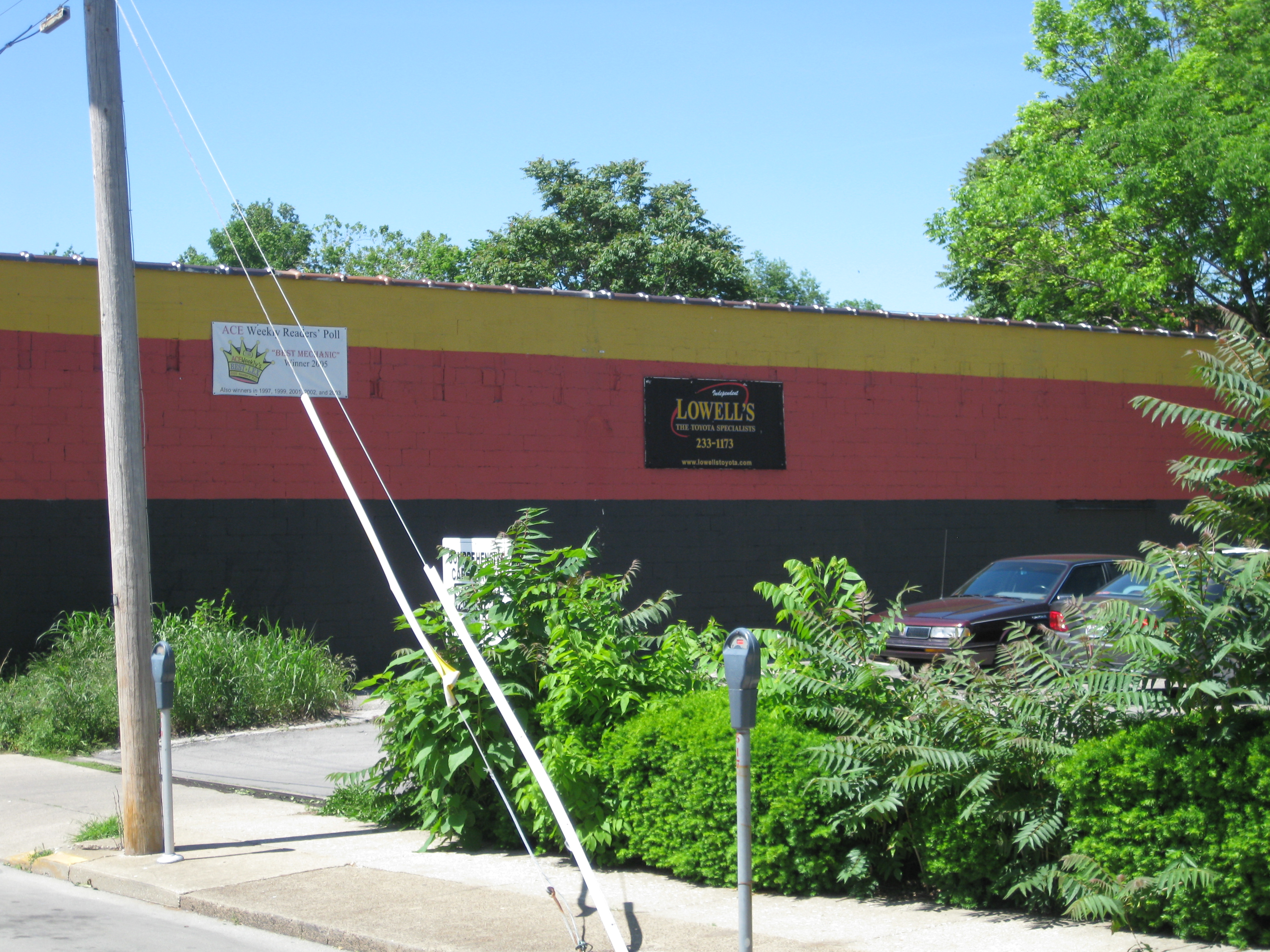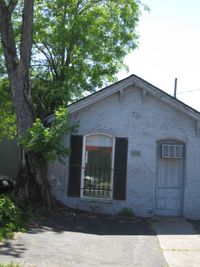(Part of the To-Do List for Lexington series. Click here for an overview and links to the rest of the series.)
Last July, Florida Tile announced that it was relocating its
headquarters to Lexington from Lakeland, Florida. Kentucky’s state
government made a $3.7 million capital investment to bring 25 new Florida Tile jobs to
Lexington. Florida Tile estimates that the number of jobs may grow to as many as 51 in 10 years. In October, Lexington’s Urban County Council dropped the occupational license tax for Florida Tile to 1.25% from the normal 2.25% – a benefit of up to $1.3 million over the next 10 years.
How will 25 (or 51) new jobs pay back the millions of public dollars invested in bringing Florida Tile to Lexington? It is doubtful that they will. And that points out significant problems with Lexington’s economic development strategy.
::
In our last post (Get Real), we talked about the destructive effects of Lexington’s booster mentality, which couples a self-deceiving optimism with a compulsive need to look good to others. Boosters often pursue expensive, highly-visible, ego-driven civic projects with the promise of vague future rewards.
The economic development strategy which springs from such boosterism is one in which a great deal of effort and capital is expended to attract outside commerce to Lexington. So boosters promote big civic investments (events, buildings, infrastructure projects, or incentives) with the hopes that those projects will entice new companies to invest or locate here. And the underlying assumption is that the firms we attract to Lexington will – eventually – pay back the investments of effort and capital.
But this kind of economic development strategy has a number of irredeemable flaws:
- Waste. Projects like the 2010 World Equestrian Games and CentrePointe are wildly speculative and profoundly inefficient ways to draw new commerce into our city. And, when one looks at the numbers, it is doubtful that Florida Tile’s incentive package will pay back taxpayers over the next 20 years – if they stick around that long.
- Loss of Power. When we try to attract companies from outside
Lexington, we cede significant negotiating power to the company we are courting. That
company can stay where they are, or go to a city other than Lexington.
We are prone to enter bidding wars with other desperate cities in the
pursuit of desirable ‘saviors’, and the process becomes a race to the bottom: Who can offer the most lucrative incentives and conditions? - Misguided. These strategies pursue the wrong kinds of firms. When we resort to incentives to, in essence, bribe companies to come to Lexington, what kinds of companies are we attracting? Ones which are much more mercenary and which – by definition – have less investment in our community and its future than firms who are already here. To be clear, every business should be concerned with improving its bottom line. But when public dollars are at stake, we must decide how to allocate those dollars based upon public benefit. And underwriting mercenaries is not the best use of public funds.
- Hidden Penalties. The incentives granted to companies like Florida Tile disadvantage already-local firms. Those local firms not only help pay for the new firms’ incentives through taxes, but they also don’t get the financial subsidies, new facilities, or extended tax advantages that are often granted to newcomers.
This economic development approach – attract outside saviors to drive growth – also ignores a vital question: Where are these firms coming from?
Or, put differently: How is it that such firms even have the capability to expand to a city like Lexington? How did they grow? What did their home cities do to foster that growth? And, most importantly, why isn’t Lexington doing that to grow great businesses at home?
Lexington’s leaders frequently look to similar American cities in the attempt to understand how those cities have grown and how they have built a great quality of life. If we look at ‘model’ cities like Austin, Madison, Portland, and Pittsburgh, we see a very different economic development model at work.
In fact, these cities suggest that the old booster model has it exactly backwards: Those cities invest in growth at home first, then outsider attraction follows.
Lexington should be asking a lot of questions about those cities:
- How did they foster key industries at home? (For instance, how did Austin nurture the development of vibrant economies around semiconductors, computers, and music?)
- How did those cities redevelop key districts into vibrant contributors to their economic engines? (Think Sixth Street in Austin or The Pearl District in Portland.)
- What specific approaches did these cities use to leverage their relationships with local universities to drive economic growth? (Think Carnegie Mellon or University of Wisconsin.)
- What infrastructural moves did they make to enhance the local economy? (Example: How did Austin Energy help the city save enough energy – even as Austin grew – to avoid building a new power plant?)
- What did they do to nurture and promote the careers of key locals? (Think Michael Dell in Austin or Rebecca Ryan in Madison.)
And then Lexington needs to take a hard look inward and think about how those lessons apply here. For instance:
- Who are Lexington’s Michael Dells or Rebecca Ryans? How would we know?
- What are the best ways to allocate economic development funds to cultivate growth in their businesses?
- Which districts in Lexington hold the most promise for redevelopment? What specific lessons can we draw from, say, the Pearl District redevelopment process?
- How can we leverage the University of Kentucky and Transylvania University as key resources for economic growth (and not think of them only as educational institutions)?
These cities suggest that Lexington should stop seeking external ‘saviors’, and instead focus on building up our city’s internal competencies and infrastructure. Then, outsiders might find our city desirable without requiring huge ransoms.
Focusing on internal growth is, in fact, how cities like Austin, Madison, Portland, and Pittsburgh have fueled sustained growth over the past 20 years. Lexington should follow their example.
Lexington should stop seeking saviors, and start making them instead.
How does that look? Here are some initial ideas:
- Make targeted investments. Instead of, for example, throwing $80 million at the World Equestrian Games in the speculative hope that the investment will draw future commerce from outside the city, make smaller, more targeted investments in growing specific businesses with specific growth measurements and targets (jobs, tax revenues, etc.).
- Select target industries, and invest there. Choosing particular industries will allow Lexington to develop self-reinforcing ecosystems around key technologies or competencies. Lexington’s mayor has frequently touted the “3 H’s” strategy for Lexington’s economic development: Horses, health care, and high-tech. These might be valid industries to target, but we’ve allocated precious little development resources toward those goals and seen precious little progress in those areas.
- Oversee development with sharp business intellects. Typically, Lexington’s economic development has been overseen either by developer-driven boosters (Commerce Lexington) or by academics and architects (Downtown Development Authority). Lexington needs to shift the balance to more entrepreneurial businesspeople who have experience in business growth and who understand which business models work and which don’t.
- Prioritize business investment over infrastructure investment. Projects like streetscapes and buried utility lines, while pretty, will contribute relatively little to Lexington in the way of tangible jobs or revenues. And attempts to financially justify these projects frequently cross into sheer booster speculation about making better impressions. Instead, we should focus on cultivating growing businesses and directly creating jobs and revenues with our development funds.
- Think “local” first. Supercharge our investments by prioritizing local businesses before external ones. More on this in our next post in this series.
Rather than spend hundreds of millions of dollars on hope and
speculation, we need to make smarter, more targeted investments with our public development dollars. We need to run the business of growing our city like a business. Anything less is a waste of our time and money.
Next: 3. Local First




